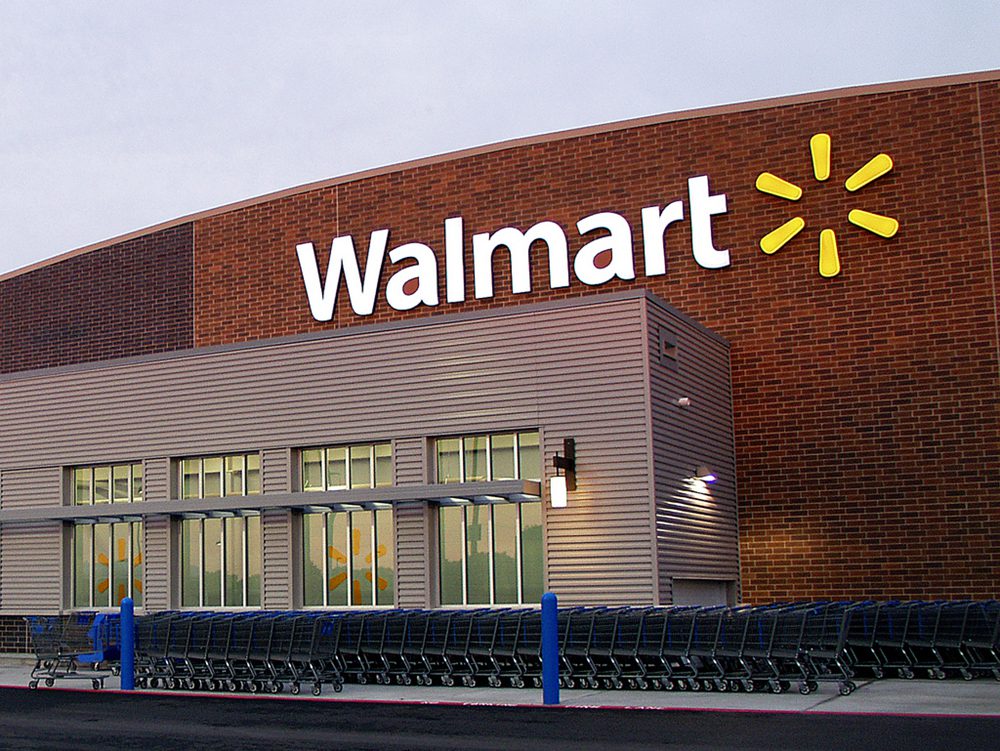
For anyone looking for positive news on the U.S. economy, the Commerce Department provided it.
In a report Thursday, the Commerce Department said the nation’s economy expanded at a 4.9% annual rate from July through September, with Americans brushing aside higher prices, rising interest rates and widespread forecasts of a recession to spend at a brisk pace.
The Commerce Department said the economy expanded last quarter at the fastest pace in nearly two years — and more than twice the 2.1% annual rate of the previous quarter.
Thursday’s report on the nation’s gross domestic product — the economy’s total output of goods and services — showed that consumers drove the acceleration, ramping up their spending on everything from cars to restaurant meals, according to a report from The Associated Press. Despite the struggles caused by the stubborn inflation the last couple of years, millions have remained willing to splurge on vacations, concert tickets and sports events.
“This is just a very resilient economy that continues to take hit after hit and keep on,” Joseph Brusuelas, chief economist at RSM, a tax and consulting firm, told the AP.
Yet the robust growth may prove to be a high-water mark for the economy before a steady slowdown begins in the current October-December quarter and extends into 2024. The breakneck pace is expected to ease as higher long-term borrowing rates, on top of the Federal Reserve’s short-term rate hikes, cool spending by businesses and consumers, according to the AP report.
The growth figures for the third quarter revealed that federal, state, and local governments ramped up their spending, and businesses built up their stockpiles of goods in warehouses and on shelves, which helped drive growth higher. The increase in inventories, which accounted for about a quarter of the July-September growth, isn’t likely to be repeated in the coming months, economists say.
The economy managed to accelerate last quarter despite the Fed’s continued efforts to slow growth and inflation by raising its benchmark short-term interest rate to about 5.4%, the highest it’s been in 22 years.
Several Fed officials acknowledged in speeches last week that the most recent economic data showed growth picking up by more than they had expected. Still, most of the policymakers signaled that they will likely keep their key rate, which affects many consumer and business loans, unchanged when they meet next week.
The economy faces other challenges as well, including the prospect of a government shutdown next month and a spike in longer-term interest rates since July. The average 30-year mortgage rate is approaching 8%, a 23-year high, putting home buying out of reach for many more Americans.
Fed Chair Jerome Powell, in a discussion last week, said he was generally pleased with how the economy was evolving: Inflation has slowed to an annual rate of 3.7% from a four-decade high of 9.1% in June 2022. At the same time, steady growth and hiring have forestalled a recession, which was widely predicted at the end of last year, according to the AP.
If those trends continue, it could allow the Fed to achieve a highly sought-after “soft landing,” in which it would manage to slow inflation to its 2% target without causing a deep recession.





